Quick Links
In both Avowed and Pillars of Eternity, the godlike are a prominent aspect of its lore-rich world, a race of god-touched kith that inspires both fear and awe. Standing out from the crowd due to their unconventional appearance, the godlike physically represent their patron gods and are blessed with unique abilities.
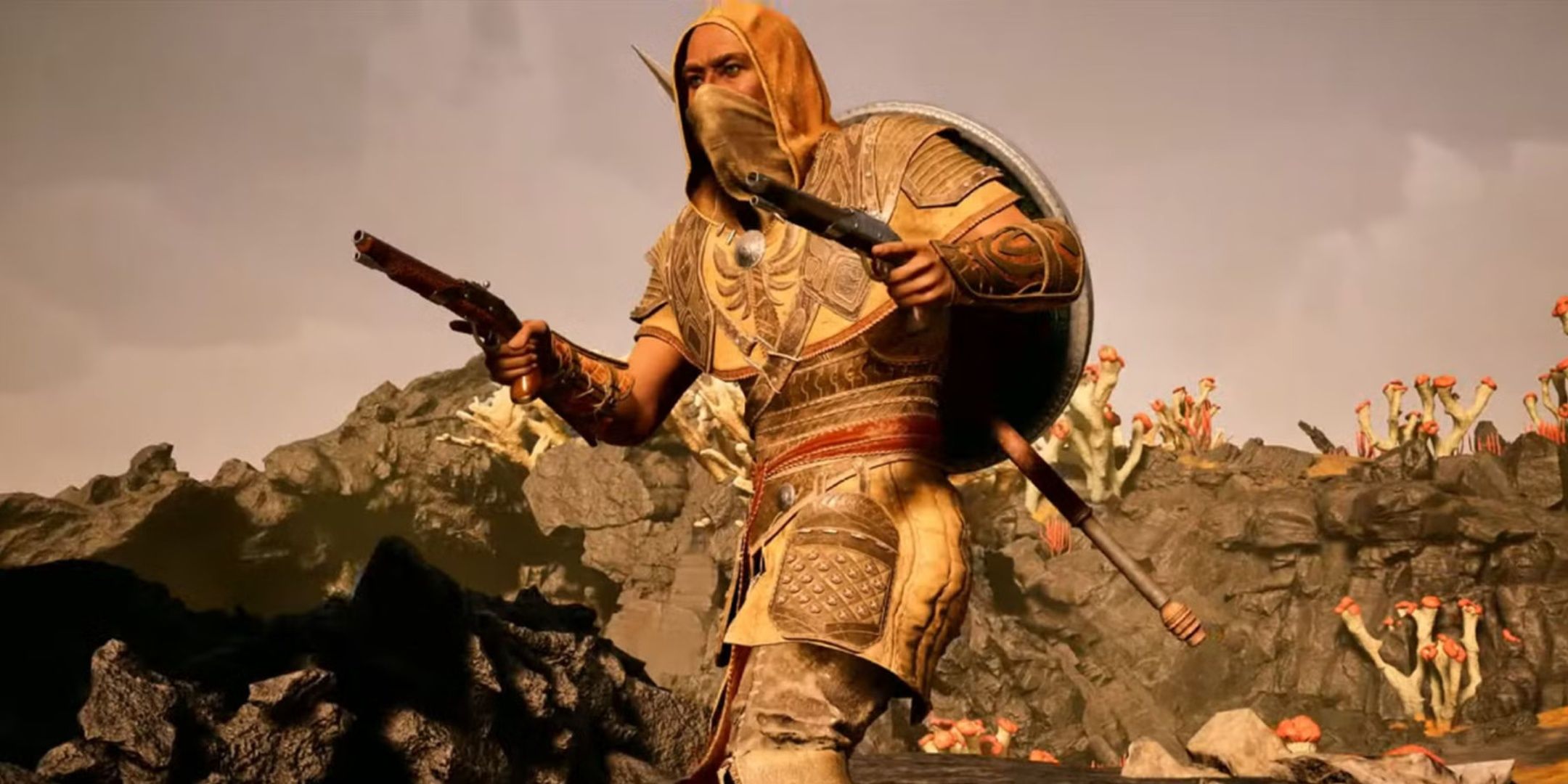
Related
Here’s where to find all the best firearms in your Avowed playthrough, ranked by just how good they are.
Although you can opt to play as a godlike in both Pillars of Eternity games, Avowed’s protagonist, the Envoy, is already a godlike of a mysterious new deity, and possibly the last one in the world. But what exactly is a godlike, what purpose do they serve, and what happened to them after Deadfire?
What Is A Godlike?
Godlikes are considered to be their own race in Eora and are essentially kith who have been ‘touched by a god’ when in their mother’s womb. This means that one of the 11 gods of Eora would give a thimble of their divine power to the foetus belonging to any race of kith, whether dwarf, orlan or elf.
A baby would instantly be marked as a godlike due to their atypical appearance, where an aspect that their patron deity embodies would materialise on their heads, from feathers to fire, horns and flowers. It’s usually known which god a godlike represents due to the latter, but in the case of the Envoy, their god remains a mystery because the existence of the new god Sapadal was unknown to the mortal world.
The perception of godlikes varies based on where you are in Eora, but generally, godlikes who possess a less visually appealing appearance are treated worse than those who do. For example, moon godlikes – who are godlikes of the sea goddess Ondra – are better treated due to their ethereal appearance, while Skaen godlikes – godlikes of Skaen, the god of hatred – are either killed as babies or suffer alienation from society as they were born misshapen.
However, depending on the belief dominant in a particular culture, godlikes can be seen as blessings. In Deadfire, fire godlikes are viewed with awe and fear; in Huana (home to the aumaua), marine godlikes are revered and put on a pedestal.
Here is a list of all godlike types and their corresponding deities:
|
Nature godlike |
Galawain |
|
Dawn godlike |
Eothas |
|
Death godlike |
Berath |
|
Fire godlike |
Magran |
|
Moon godlike |
Ondra |
|
Avian godlike |
Hylea |
|
Marine godlike |
Ondra |
|
Skaen godlike |
Skaen |
|
Endings godlike |
Rymrgand |
The Anatomy Of A Godlike
It’s well-known that godlikes are unable to reproduce, which creates some legal problems in certain places in Eora. For example, godlikes are considered to be neither male nor female by law in the Vailian Republics, resulting in issues with joining gender-exclusive organisations or factions.
Furthermore, due to the fact that godlikes can’t have children, the population numbers of this particular race remain quite low. Godlikes are voluntarily created by the gods, and have no other way to replenish their numbers aside from that.
As mentioned in Avowed and Pillars of Eternity, a godlike’s soul is noted as producing a ‘chime’ or bell-like sound, as discovered by the animancer Giacolo. Interestingly, the Envoy’s soul is described by Woedica and Runyd as being a ‘thorn’ rather than a chime. The latter may be because Sapadal is a god born and naturally made, while Eora’s 11 gods were artificially created by an ancient civilisation.
A Godlike’s Purpose
Despite how they’re viewed in wider society, the purpose of a godlike’s creation is a lot more sinister. In short, the gods created the godlike as a backup plan in case they are either killed or their powers sapped.
Since godlikes are given sparks of divine power in the womb, their patron deity could take their souls during an emergency to replenish their powers.
As for the Envoy, their purpose to Sapadal could very well be the same as the other godlikes. However, it’s heavily implied that Sapadal made the Envoy her godlike mainly so that they could come and free her from her prison, as well as granting them powerful abilities that, it seems, are stronger than what other godlikes have access to.
Since Sapadal’s divine nature differs from that of the other gods, it seems that she makes more of an effort to communicate with her godlike through dreams or an adra pillar, and treats our protagonist as more than just a receptacle of her power.
Due to being caged for millennia, Sapadal’s child-like nature pushes her to satisfy her curiosity through the Envoy, as if she’s experiencing the world through her godlike’s eyes.
What Happened To The Godlike?
By the time we get to the timeline of Avowed in the year 2831, it has been several years since the events of Deadfire and the godlike population has been decimated. It’s believed that the Envoy is the last living godlike in Eora, though this has been disproven by the existence of Sargamis, a godlike of Eothas revealed in the side quest, Dawntreader. However, it’s not likely there are any more godlikes out in the world.
According to Sargamis, the godlike has seemingly vanished into thin air, and he has no idea why. But it is likely that, due to Eothas destroying the Engwithan machine in Ukaizo that allowed the gods to control the Wheel, the gods’ powers were severely weakened, and they absorbed their godlikes as a result.
The Envoy got off scot-free since Sapadal was imprisoned and likely stronger than the other gods (since Woedica failed to kill her), while Sargamis was left untouched because Eothas was killed at the end of Deadfire. It isn’t known if Sapadal (when freed) or the other gods will create more godlike, but with how recent Deadfire was in the grand scheme of things, it’s looking to be unlikely.


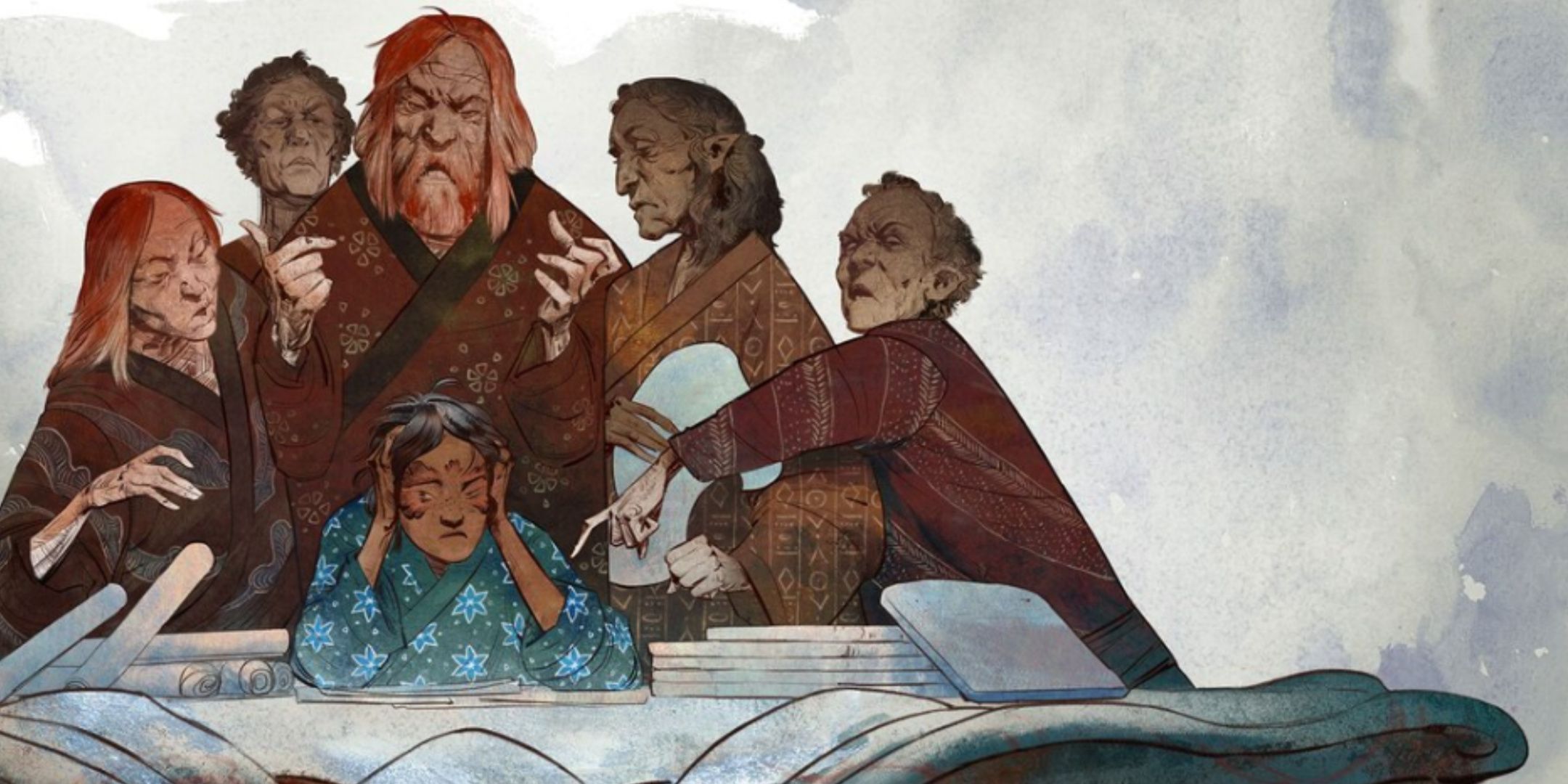
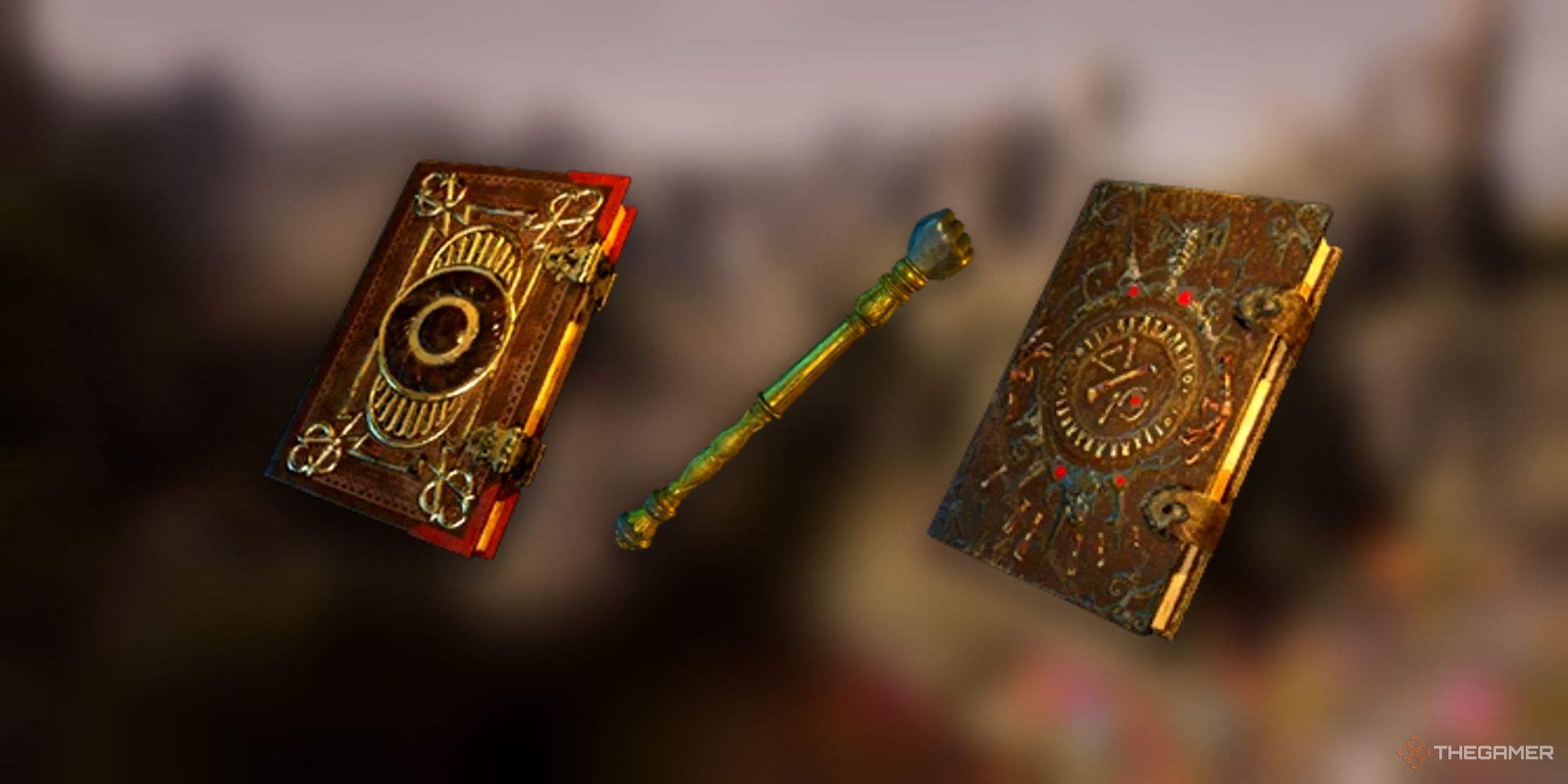

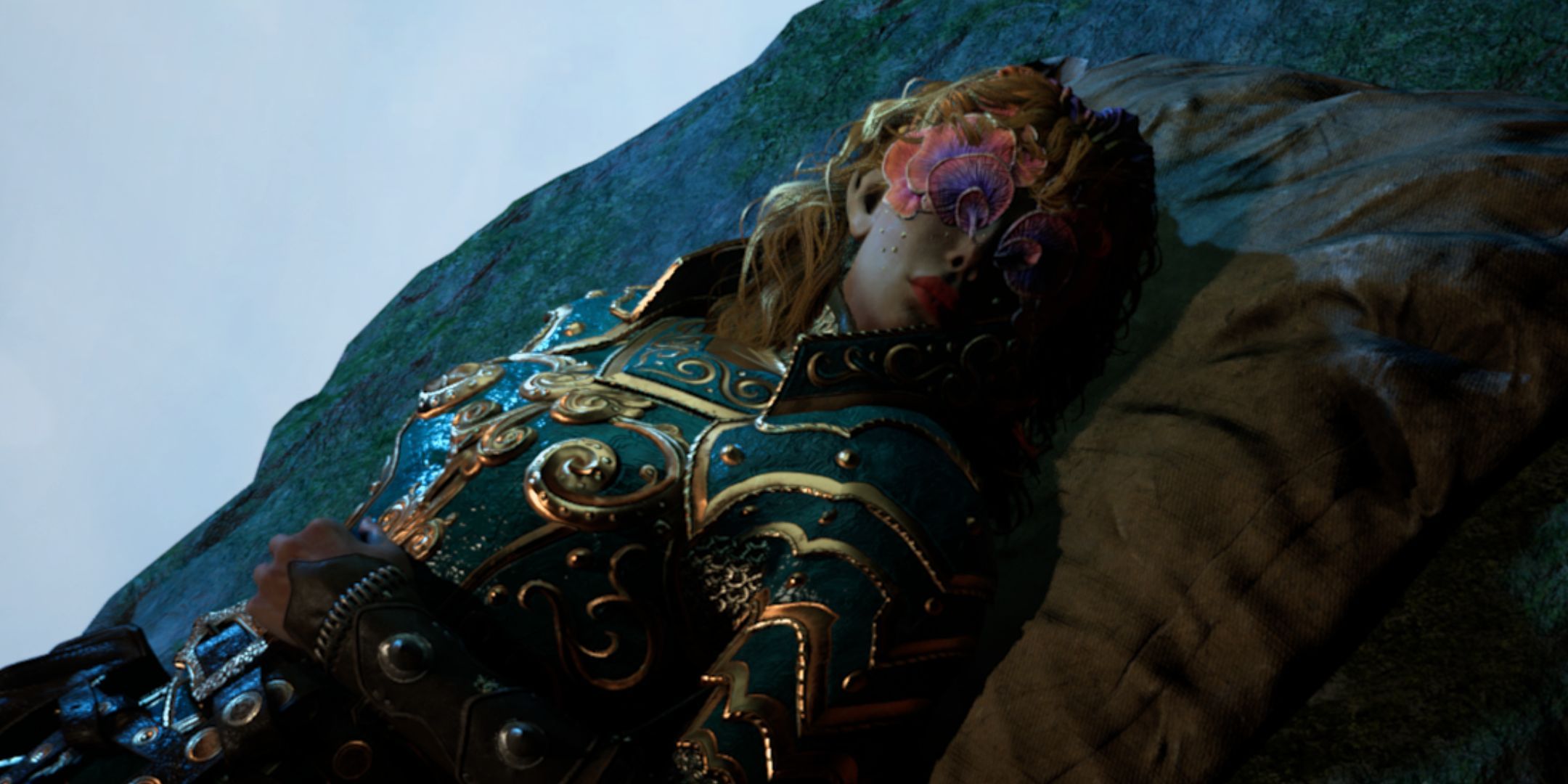


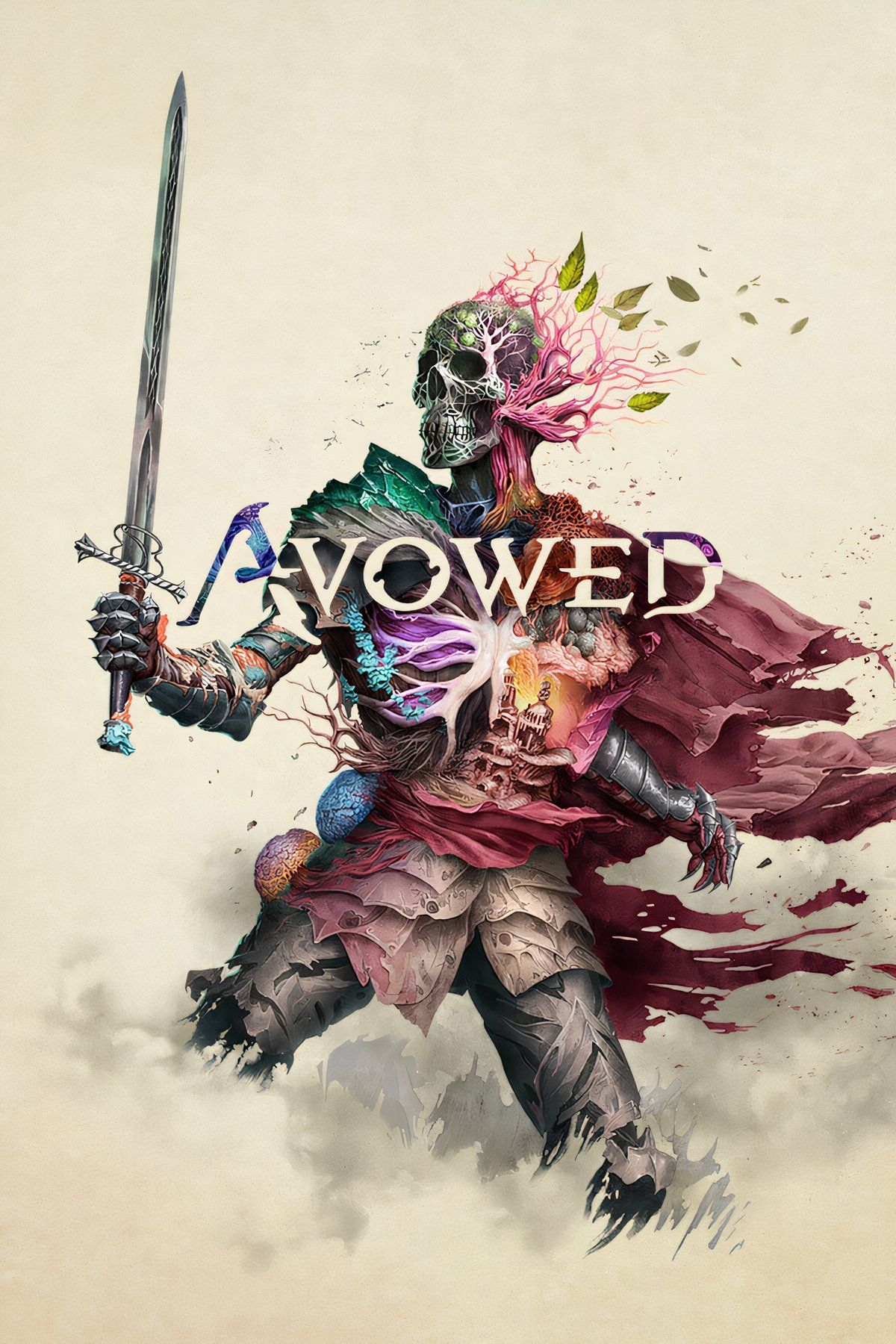




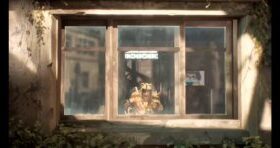






Leave a Reply